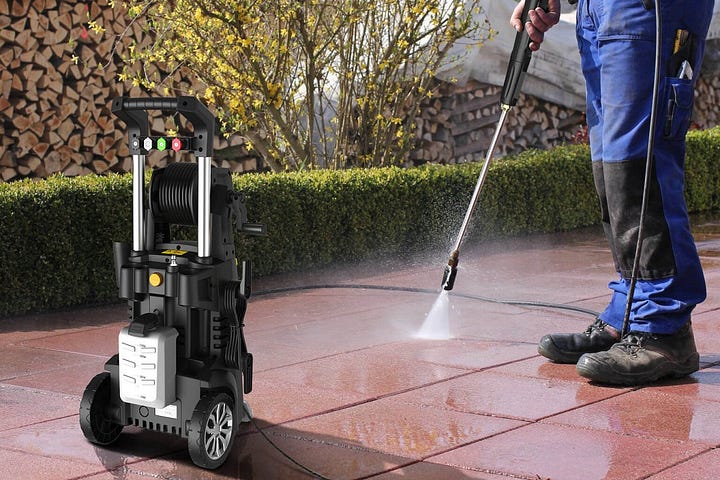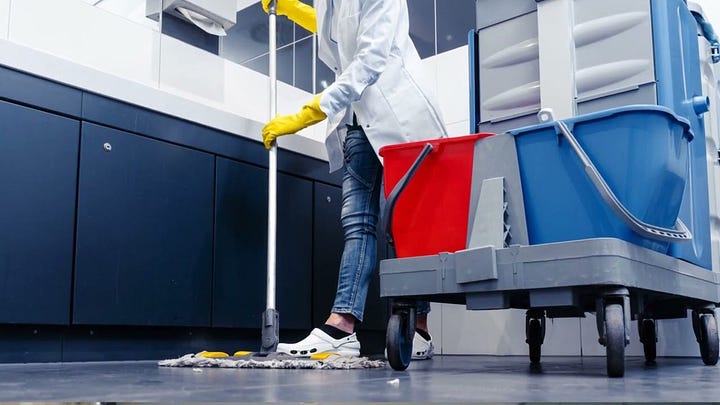
In recent years, resin 3D printing has exploded in popularity among makers, engineers, designers, and hobbyists. With the ability to produce ultra-detailed parts, smooth finishes, and functional prototypes, resin printing has carved out its own space in the world of additive manufacturing.

Whether you’re curious about upgrading from filament-based 3D printing or stepping into the world of 3D printing for the first time, this guide will walk you through everything you need to know about resin 3D printing—how it works, its pros and cons, recommended printers, safety tips, and best practices.
What is Resin 3D Printing?
Resin 3D printing, also known as vat photopolymerization, is a process that uses light to cure liquid resin into solid plastic. Unlike filament-based (FDM) 3D printers that extrude melted plastic, resin printers use a light source (UV laser or LCD screen) to harden layers of resin one at a time.
The most common types of resin 3D printing technologies include:
-
SLA (Stereolithography): Uses a laser to cure the resin.
-
DLP (Digital Light Processing): Uses a digital projector to flash each layer.
-
MSLA (Masked SLA): Uses an LCD screen to selectively expose UV light.
Why Choose Resin 3D Printing?
Here are the key reasons many people prefer resin over FDM printing:
-
High Detail and Resolution: Resin printers are ideal for miniatures, jewelry, dental models, and highly detailed parts.
-
Smooth Surface Finish: Parts often require less post-processing compared to FDM.
-
Functional Prototyping: Resins with mechanical properties allow for engineering-grade prototypes.
-
Wide Range of Resin Types: Flexible, tough, dental, castable, and even bio-compatible options exist.
Applications of Resin 3D Printing
Resin printing isn’t just for fun—it’s widely used in:
-
Miniature and Model Making: From tabletop games to collectibles.
-
Dental & Medical Applications: Surgical guides, crowns, and orthodontic models.
-
Jewelry: Wax-like resins for direct casting.
-
Engineering Prototypes: Functional testing of designs with tight tolerances.
-
Custom Consumer Goods: Phone cases, wearables, home decor, etc.
Best Resin 3D Printers in 2025 (Entry-Level to Professional)
If you’re just starting out, here are some top-rated resin 3D printers for various needs:
1. Elegoo Mars 4 Ultra
-
Best for Beginners
-
9K resolution LCD
-
Fast printing speed with easy-to-use software
2. Anycubic Photon Mono M5s
-
Best for Budget
-
12K LCD screen, no leveling required
-
Smart sensors for resin detection and error handling
3. Formlabs Form 4
-
Best for Professionals
-
High precision and industrial-grade performance
-
Reliable ecosystem and excellent customer support
4. Phrozen Sonic Mighty 8K
-
Best for Large Models
-
Great build volume with ultra-detailed prints
-
Compatible with third-party resins
Types of Resin for 3D Printing
Choosing the right resin is crucial for success. Here are common types:
-
Standard Resin: Affordable and great for models, but brittle.
-
Tough Resin: Impact-resistant; suitable for functional parts.
-
Flexible Resin: Rubber-like properties, good for gaskets or soft-touch parts.
-
Castable Resin: Designed for investment casting (e.g., jewelry or dental).
-
High-Temperature Resin: Withstands heat; great for mold-making and testing.
💡 Tip: Always match your resin choice to your intended application.
How to Prepare Files for Resin Printing
Most resin printers use .STL or .OBJ files, but they need to be sliced using specific software. Popular options include:
-
Chitubox: Most common with budget resin printers.
-
Lychee Slicer: User-friendly interface and support features.
-
PreForm: Used exclusively with Formlabs printers.
Key settings to tweak:
-
Layer height (e.g., 0.02 – 0.05mm) for detail
-
Exposure time
-
Lift speeds
-
Supports (automatic or manual)
Post-Processing: A Crucial Step
Once the print is complete, you’re not done! Post-processing includes:
1. Washing
-
Use isopropyl alcohol (IPA) or a dedicated resin wash station.
-
Clean off uncured resin thoroughly.
2. Curing
-
Use a UV curing station or sunlight to harden the resin fully.
-
Time varies by resin type and part size.
3. Support Removal
-
Gently cut or peel off supports.
-
Use flush cutters or warm water baths to reduce marks.
4. Sanding & Painting (Optional)
-
Fine-grit sandpaper and primer are ideal for finishing.
-
Resin prints take paint well after priming.
Safety Tips for Resin 3D Printing
Resin printing involves some hazards. Here’s how to stay safe:
-
Wear nitrile gloves when handling resin.
-
Use goggles to avoid eye contact with uncured resin.
-
Ventilate your workspace well; fumes can be irritating.
-
Store resin properly in a cool, dark place.
⚠️ Never pour used resin or IPA down the drain. Dispose of them responsibly according to local regulations.
Common Troubleshooting Tips
Even experienced users encounter issues. Here’s how to solve them:
-
Print Stuck to FEP Film: Increase bottom exposure time or check for screen damage.
-
Print Didn’t Stick to Build Plate: Re-level plate and clean surfaces.
-
Hollow Prints Collapsing: Add proper drain holes and ensure full curing.
-
Layer Lines or Deformation: Check Z-axis for wobble and tighten screws.
Future of Resin 3D Printing
The industry continues to evolve rapidly. Future developments may include:
-
Faster printing speeds with dual-light curing systems.
-
Eco-friendly resins that are biodegradable and non-toxic.
-
Smart printers with AI-assisted slicing and error correction.
-
Larger build volumes without compromising detail.
As costs drop and technology improves, resin printing will become even more accessible to schools, startups, and creators worldwide.
Final Thoughts
Resin 3D printing offers unmatched precision, making it ideal for professional-grade models and artistic creations alike. While it may involve a bit more post-processing and safety measures compared to FDM printing, the results often speak for themselves—smooth surfaces, intricate details, and impressive mechanical performance.
Whether you’re printing miniatures for your next game night or creating functional prototypes for your startup, resin 3D printing is a powerful tool to have in your arsenal.
Quick Checklist for Beginners
✅ Choose the right printer and resin
✅ Use slicing software to prepare your model
✅ Wash and cure prints properly
✅ Always wear protective gear
✅ Experiment with settings and learn from failures
If you’re ready to dive into the world of high-detail 3D printing, resin is the way to go. With a little practice and proper safety, you’ll be printing professional-quality parts in no time.







